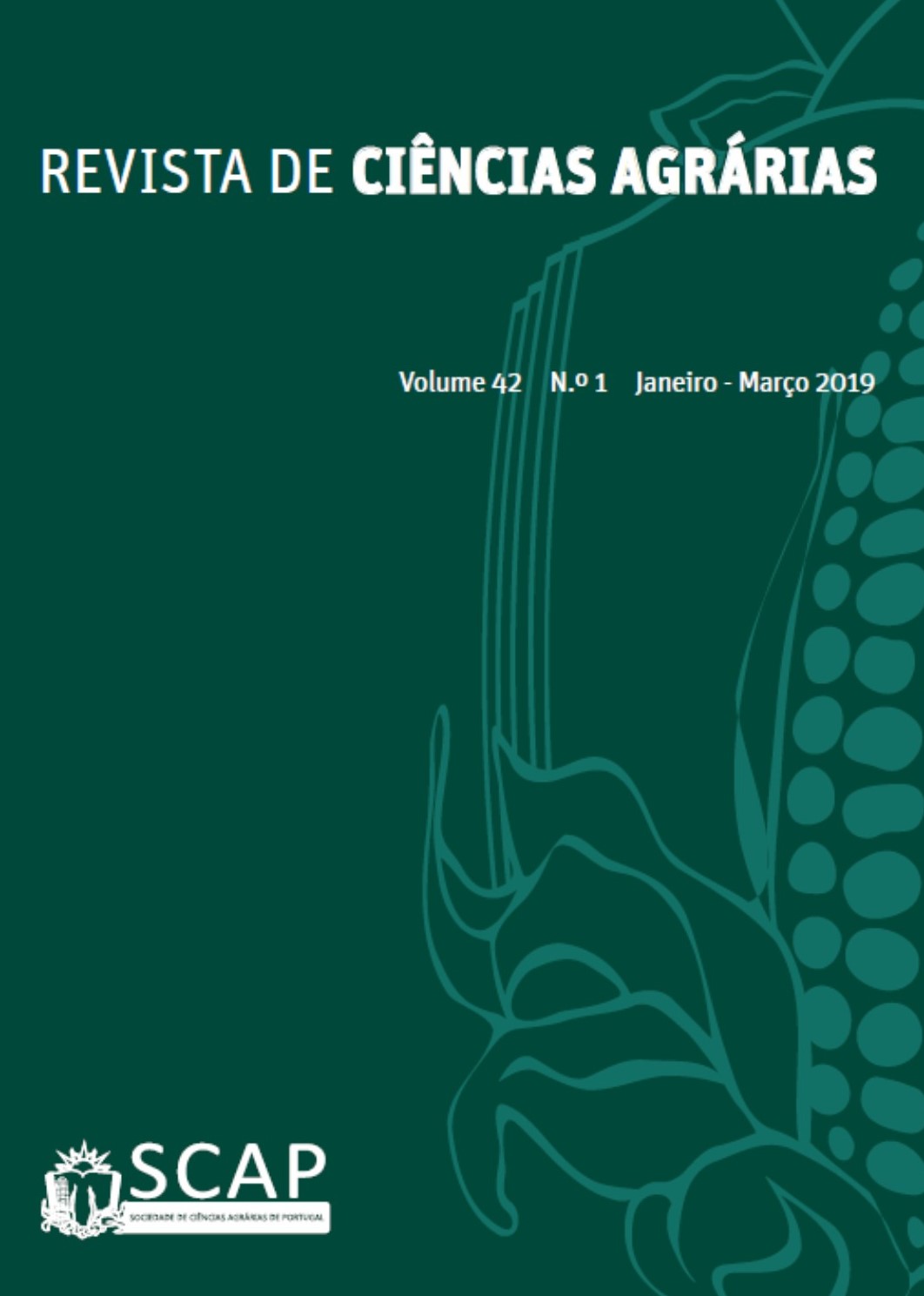Zinc supply methods and doses for corn
DOI:
https://doi.org/10.19084/RCA18106Resumen
Deficiency of the micronutrient Zinc (Zn) is a limiting factor for corn productivity and its lack is a notorious factor in the Brazilian savannah. Current research, analyzing the best method and dose to be supplied to corn in the region, was performed on the experimental field of the Instituto Federal de Mato Grosso, campus Campo Novo do Parecis MT Brazil. Sowing occurred on the 11th March 2017, with corn variety NS90, and harvest on the 24th July 2017. Design consisted of randomized blocks, with a 2 x 5 factorial scheme, with 4 replications, or rather, 2 supply forms (application to soil and to leaves, at vegetative stage 4 – fourth leaf) and 5 doses of Zn (0; 0.25; 0.50; 0.75; 1.0 kg ha-1). Corn´s vegetative and reproductive characteristics were evaluated. Analysis of variance (F-test) and regression test were undertaken (p<0.05). Zn provided via leaf increased stalk diameter, insertion height and spike length. Reduction in the mass of one thousand grains and grain productivity occurred for increasing Zn doses. Zn is highly relevant for the development of corn and its supply provides significant responses to the above-mentioned variables.


